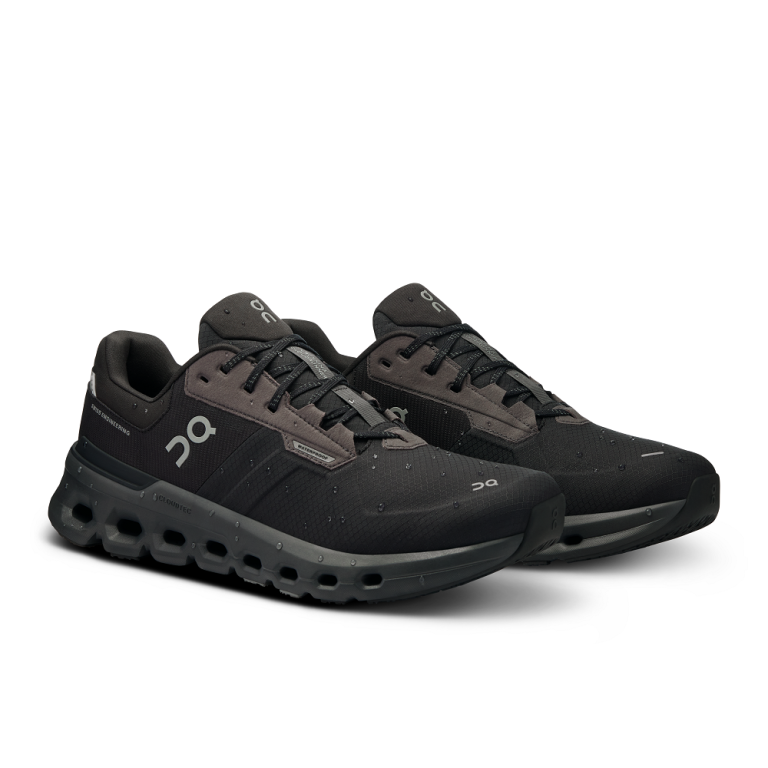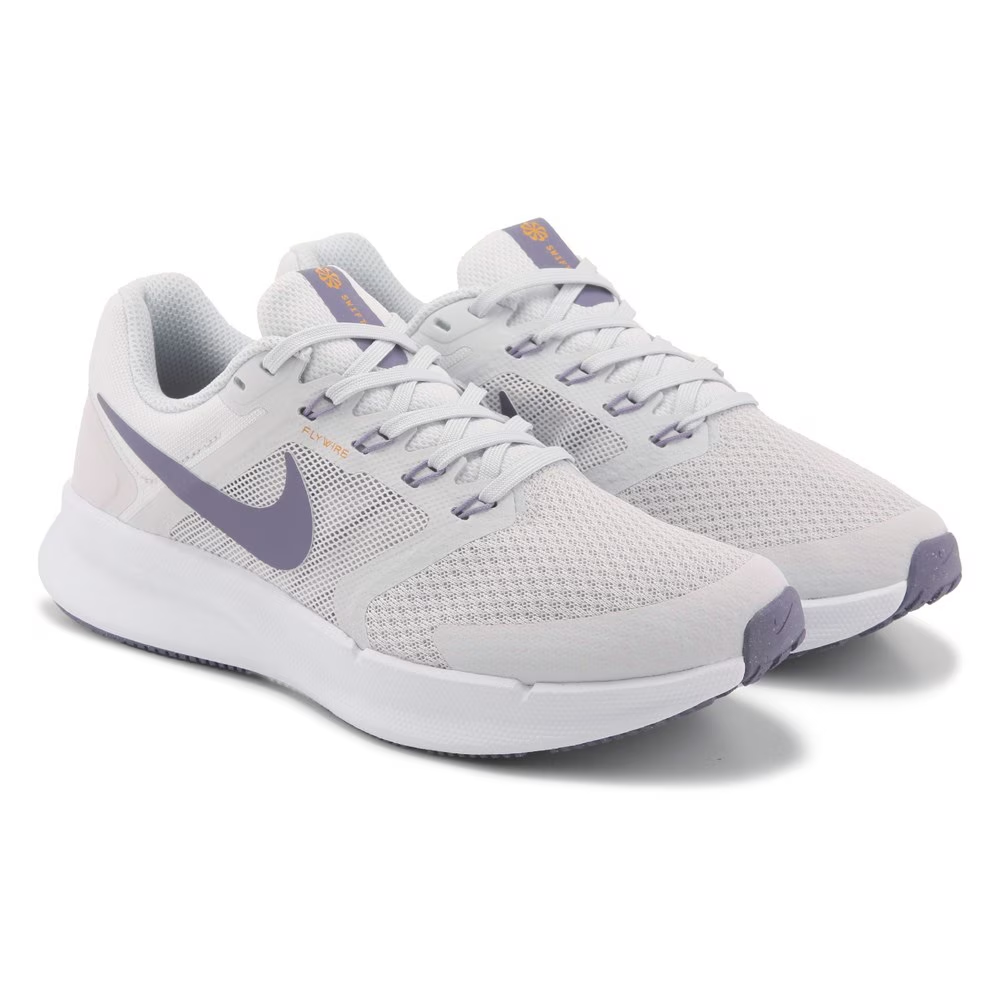
How Often to Replace Running Shoes: Signs You Need New Ones
Factors That Affect Running Shoe Lifespan
Understanding the factors that impact your running shoe lifespan is essential. How often to replace running shoes? These factors can prolong or reduce how long your shoes remain effective. Knowing these will help you decide when to replace your running shoes.
Impact of Running Surface
The surface you run on greatly influences the lifespan of your running shoes. Hard surfaces, such as concrete or asphalt, wear down the shoe outsole faster. Trail running, on the other hand, introduces uneven terrain and sharp elements that can damage shoe materials. Softer surfaces like grass or a treadmill are less abrasive, extending your shoe’s durability. Matching your shoes to the terrain can minimize excessive wear, keeping them functional longer.
Type of Running Shoes and Their Durability
Different types of running shoes have varying lifespans based on their design and materials. Lightweight shoes designed for racing usually have less cushioning, making them wear out faster. Stability or motion control shoes are built sturdier, often lasting longer under regular use. The quality of the shoe also plays a role; premium brands often use durable materials that withstand wear better. Understanding the intended use of your running shoes can help you choose a pair designed to last for your needs.
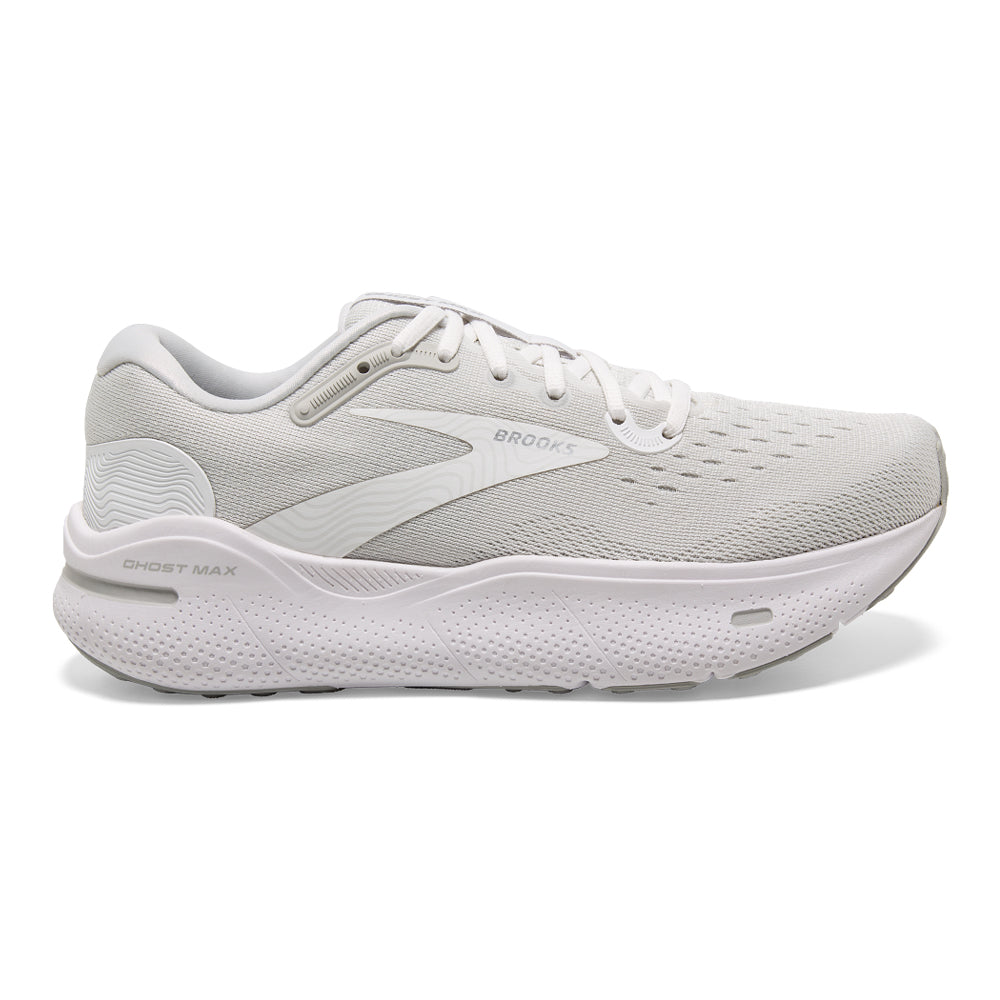
Signs Your Running Shoes Need Replacement
How often to replace running shoes? Determining when to replace your running shoes is vital for maintaining comfort and preventing injuries. Certain signs indicate it’s time for a new pair. Observing these can help ensure optimal performance during your runs.
Physical Wear and Tear Indicators
Watch for visible damage to your running shoes. This includes worn-out soles, frayed uppers, and holes. Cracks or thinning areas on the outsole reduce traction and stability. Damaged stitching or torn fabrics can make the shoes less supportive. Regularly inspect your shoes for these signs of physical wear.
Decreased Cushioning and Support
Cushioning and support diminish over time, affecting your running experience. Your shoes may feel flat or less comfortable during runs. Reduced cushioning can lead to increased pressure on your joints and muscles. Declining arch support can cause discomfort and impact your stride. Pay attention to how your feet feel and replace shoes when support fades.
Recommended Mileage for Replacing Running Shoes
Understanding how mileage affects your running shoes helps determine the right time for replacement. While individual factors vary, experts offer some general guidelines.
General Guidelines Based on Usage
Most running shoes are designed to last between 300 and 500 miles. The exact lifespan depends on usage and quality. Regular road runners may notice signs of wear closer to 300 miles. Higher-end models can often last up to 500 miles. If you’re using your shoes for daily runs, track your mileage carefully to avoid overuse. Runners who use their shoes occasionally may experience a longer useful life, but degradation over time still occurs.
Using running apps or logs can help track the distance covered. Replace your shoes when you approach the guideline limits, even if they look fine.
Variation in Mileage Based on Running Style and Weight
Different running styles and body weights can affect how many miles shoes can handle. Aggressive runners or those with improper strides may stress their shoes more, reducing mileage. Heel strikers, in particular, cause increased wear on the outsoles’ back section.
Heavier runners generally compress shoe cushioning faster than lighter runners. This wear reduces shock absorption and support over time. For lighter runners, shoes might remain effective closer to the higher mileage limit. Evaluate your running technique and body weight to better estimate your shoes’ lifespan.
Paying attention to these factors will help you decide when to replace your running shoes. Prioritize comfort, safety, and performance for the best running experience.
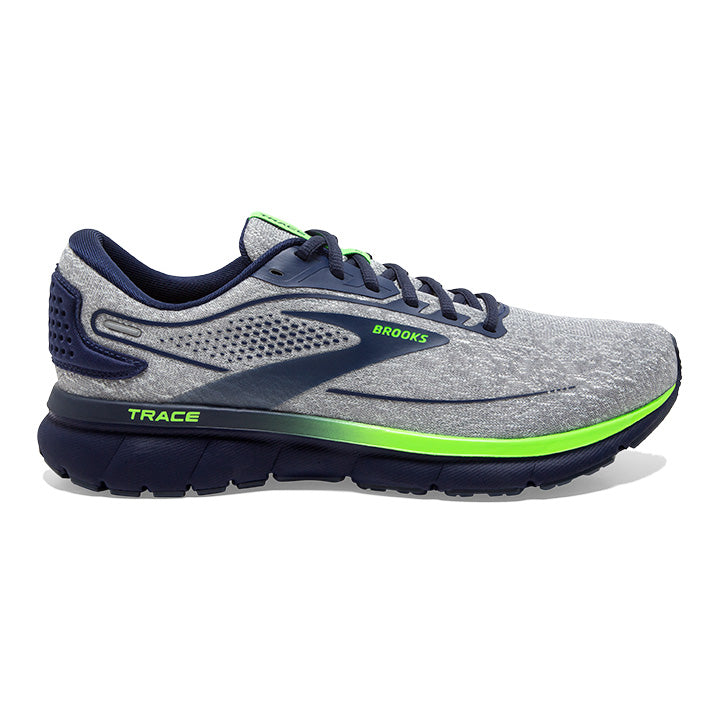
Risks of Using Worn-Out Running Shoes
Old running shoes can negatively affect your performance and overall well-being. Understanding these risks will help you prioritize timely replacement.
Potential Impact on Performance
Worn-out shoes significantly hinder running efficiency. The lack of cushioning reduces energy return, making every stride harder. Damaged outsoles lead to poor traction, especially on wet or uneven surfaces. Reduced support impacts your balance and stability, slowing down your pace. Shoes with excessive wear can cause foot discomfort, making longer runs unbearable.
Increased Risk of Injuries
Using worn-out running shoes greatly increases the likelihood of injuries. Diminished cushioning fails to absorb shock effectively, straining your joints and muscles. Poor arch support can lead to issues like plantar fasciitis or flat feet. Uneven wear on soles alters your stride, causing biomechanical imbalances. These imbalances may result in knee pain, shin splints, or hip discomfort. Avoiding these risks requires recognizing the signs of worn shoes and replacing them promptly.
Tips to Extend the Lifespan of Your Running Shoes
Proper care can help extend your running shoes’ lifespan. Follow these tips to get the most out of your footwear.
Proper Cleaning and Storage Techniques
Regular cleaning prevents dirt buildup that can degrade your shoes. Use a soft brush to remove dirt after every run. For deeper cleaning, hand wash with mild soap and cold water. Avoid putting shoes in the washing machine, as it can damage the materials.
Dry your shoes naturally by air drying. Avoid direct sunlight or heat sources, as they can warp the shoes. Stuff them with paper towels to absorb moisture and maintain their shape.
Store your shoes in a cool, dry place away from extreme temperatures. Avoid crushing them under heavy items to preserve their structure.
Rotating Shoes to Minimize Wear
Having multiple pairs of running shoes can significantly reduce wear. Rotating between two or more pairs allows each to recover and regain cushioning between runs.
Use specific shoes for different activities or terrains. For example, you can have separate pairs for trail running and road running. This reduces excessive strain on any single pair.
Rotation also helps the materials in your shoes last longer. Shoes need time to decompress after being used, and alternating pairs ensures they perform at their best.
By maintaining clean and well-stored shoes and rotating them regularly, you can ensure durability and comfort. These practices save you money while keeping your runs efficient and enjoyable.
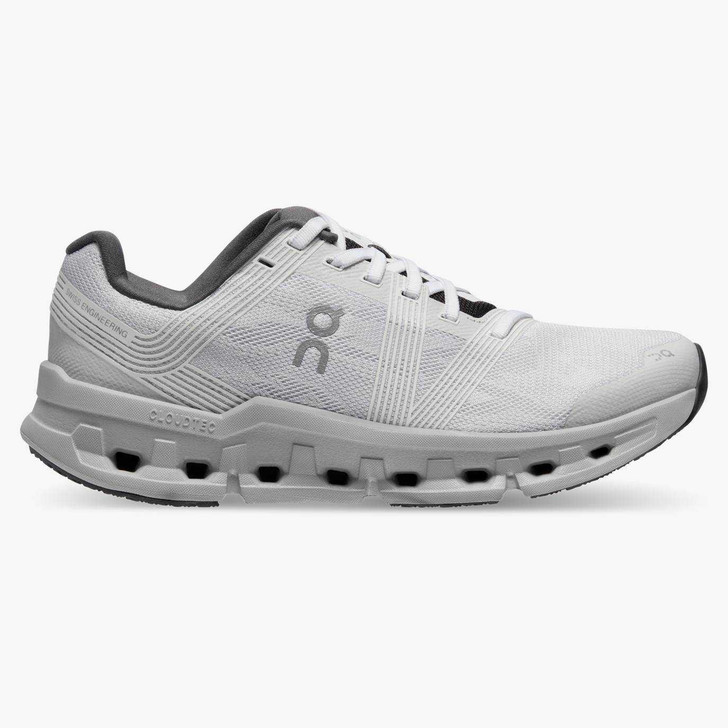
How to Track Your Running Shoe’s Lifespan
Monitoring your running shoes’ lifespan ensures optimal performance and injury prevention. Proper tracking methods help determine the right time for replacement.
Using Fitness Apps and Logs
Fitness apps can track the mileage covered in your running shoes. Record each run’s distance directly in the app. Some apps allow you to link specific shoes to your runs. Examples include Strava, Garmin, or Nike Run Club.
Manually logging your mileage in a journal or spreadsheet also works well. Be consistent in tracking every run to avoid errors. Aim to replace your shoes when they approach 300 to 500 miles, depending on your usage.
These tools help you stay organized and prevent overusing worn-out shoes. Accurate tracking makes it easier to maintain your running routine safely.
Observing Gradual Changes in Shoe Comfort
Pay attention to how your shoes feel during runs. Discomfort or pain often signals excessive wear. Check for reduced cushioning, as it affects shock absorption. Declining arch support can cause strain and improper alignment.
Other signs include uneven pressure on your feet or increased joint discomfort. Regularly inspect your shoes for physical changes like thinning soles. If you notice any issues, it’s time to consider a new pair.
Combining these methods ensures that you replace your running shoes at the right time. This practice will protect your body and improve your performance.
Choosing the Right Replacement Running Shoes
Selecting the right running shoes is crucial for performance and injury prevention. Proper evaluation ensures they match your needs and offer maximum comfort and support.
Evaluating Your Running Needs
Understand your running habits and goals to choose appropriate shoes. Think about your typical running surfaces, whether road, trail, or treadmill. Different terrains demand specific shoe designs for durability and performance.
Consider the type of runs you do. Longer distance runners might need shoes with enhanced cushioning, while sprinters often prefer lightweight options for speed. Evaluate your weekly mileage to determine durability requirements.
Your running style matters too. Heel strikers need durable outsoles at the heel, while midfoot strikers benefit from balanced design. Knowing your stride pattern helps you choose shoes that complement your technique.
Importance of Professional Fitting
A professional fitting ensures your shoes properly support your feet. Visit a reputable running store to get assessed by experts. Many stores analyze your gait and foot type to recommend suitable options.
Custom fittings help address specific needs like flat feet or high arches. They also ensure the shoes align with your foot width and size for a snug yet comfortable fit. Always test the shoes by walking or running in-store.
Pay attention to how the shoes feel during these tests. Proper-fitting shoes prevent discomfort and improve running efficiency. Replace your shoes immediately if fit or comfort issues arise.
Combining a clear understanding of your running needs with professional fitting guarantees you pick the best replacement running shoes. This ensures safety, performance, and satisfaction during your runs.
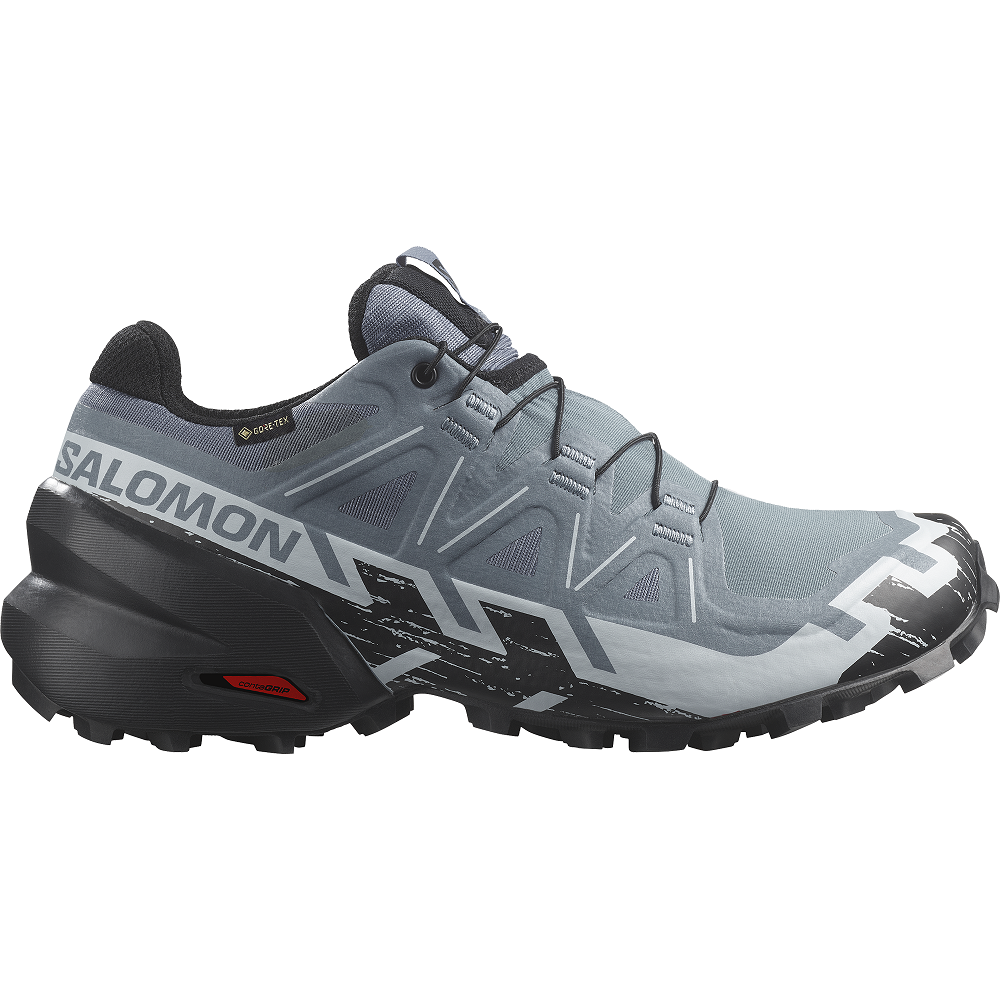
Signs of Wear Beyond the Outsole
Inspecting the Midsole and Upper
While it’s essential to check the outsole of your running shoes for visible wear, don’t overlook the midsole and upper materials. The midsole is the cushioning layer of the shoe, and its degradation can significantly impact performance. If you find that the midsole feels overly compressed or lacks springiness when you press down on it, it is a sign that the cushioning is no longer effective. This lack of responsiveness can lead to discomfort and increase the risk of injury over time.
Additionally, inspect the upper portion of the shoe for any tears, fraying, or loosening seams. A damaged upper can lead to a poor fit, compromising support during your runs. If you notice that the shoe no longer holds your foot securely, it may be time to invest in a new pair to maintain stability and prevent blisters or calluses from developing.
Listen to Your Body
Beyond the physical inspection of your shoes, it is crucial to listen to your body. Your body often provides subtle signals that indicate an issue with your footwear. If you find that your legs feel sore or fatigued after runs that used to feel effortless, this could be a red flag signaling that your shoes may need replacement. Additionally, if you start experiencing new aches and pains, particularly in the knees, hips, or back, it may correlate with inadequate support from worn-out shoes.
Your body’s response to running should not dramatically change over time; if it does, investigate the condition of your shoes. Sometimes, even tightly fitting or expensive shoes can lose their supportive properties over time, leading to discomfort and injuries. By paying attention to how your body feels, you ensure that the shoes you wear are helping rather than hindering your running experience.
Shoe Storage and Care Tips
Optimal Storage Conditions
In addition to regular cleaning, proper shoe storage can prolong the life of your running footwear. Always store your running shoes in a cool, dry area away from direct sunlight, as excessive heat and moisture can warp their shape and degrade materials. A shoe rack or a breathable storage box is an excellent option for keeping shoes organized and protected.
If you’ve run in wet conditions, ensure that your shoes are completely dry before storing them. Remove the insoles and let them air dry naturally. Keeping them out of direct heat sources, like a heater or the sun, will help maintain their shape and extend their lifespan. Proper storage conditions prevent unnecessary damage over time, ensuring that your shoes are ready for the next run.
Care Routine After Every Run
Developing a care routine after every run can help keep your shoes in top condition. After running, take a moment to wipe down the shoes to remove dirt and mud, which can gradually wear away materials if left untreated. Untie the laces and remove the insoles if necessary to keep the shoes fresh and allow proper air circulation. Letting them dry out can help minimize odors and moisture buildup.
If you’ve run on particularly muddy or wet trails, consider rinsing the outsoles with water to remove debris. For shoes that experienced a heavy workout, these simple post-run habits can lead to a longer-lasting and more effective pair. Taking the time for proper care and maintenance will ultimately save you money in the long run while enhancing your running experience.
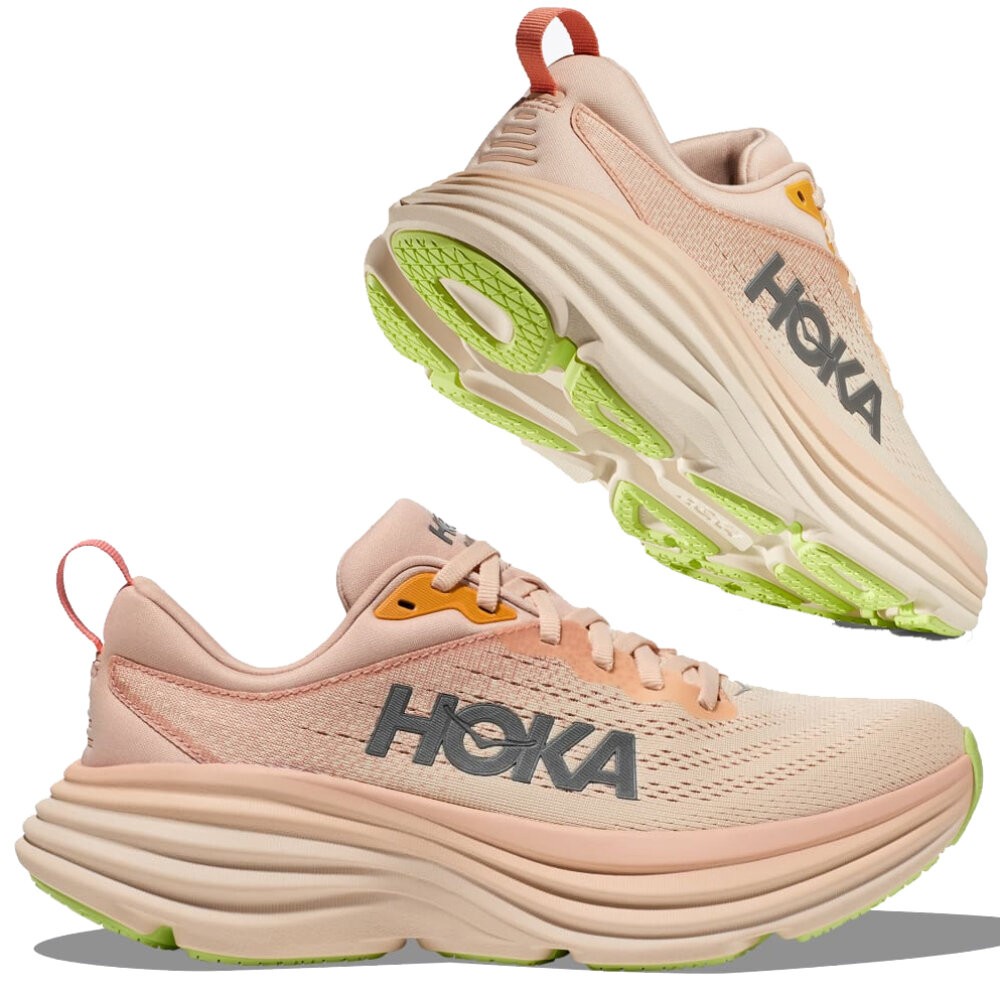
Investing in the Right Pairing for Your Running Style
Finding the Right Fit with Each New Purchase
How often to replace running shoes? In conclusion, when you decide to replace your running shoes, invest time in finding the perfect fit. Since every runner’s biomechanics and preferences differ, it is vital to consider what works best for you. Take the time to try on various styles and brands, as not all shoes will feel the same. Be sure to consider factors like arch support, cushioning preferences, and the shoe’s heel-to-toe drop.
Before making a purchase, it is wise to test the shoes by walking or jogging around the store if possible. Many specialty running shops offer treadmill setups for customers to try out different options. This experience allows you to assess comfort and support on the spot. Finding a shoe that meets your individual needs will contribute significantly to your running enjoyment and performance.
Remember the Importance of Matching Shoes to Purpose
Additionally, consider your purpose for each pair of running shoes. If you run predominantly on roads, invest in shoes designed for that type of terrain. Different types of shoes exist for trail running, racing, and even cross-training. Matching the shoe type to your specific running activities helps prevent injury and enhances performance.
By staying attentive to these factors, you not only maintain a higher level of comfort but also improve your overall running experience. The right shoes are an investment in your health and fitness journey, enabling you to reach your goals. Always prioritize quality and comfort for an enhanced and pain-free running experience.

